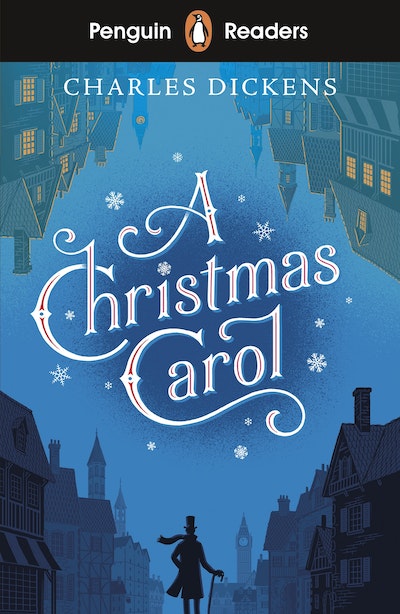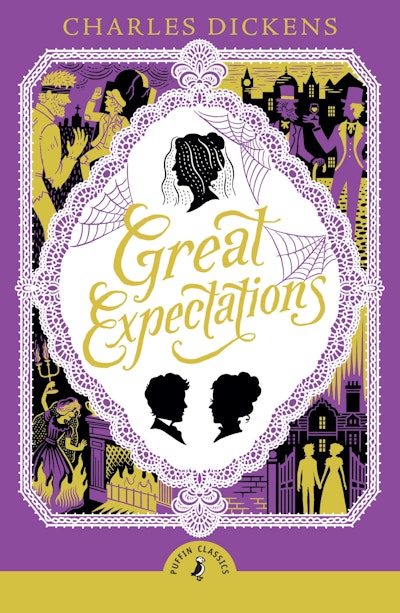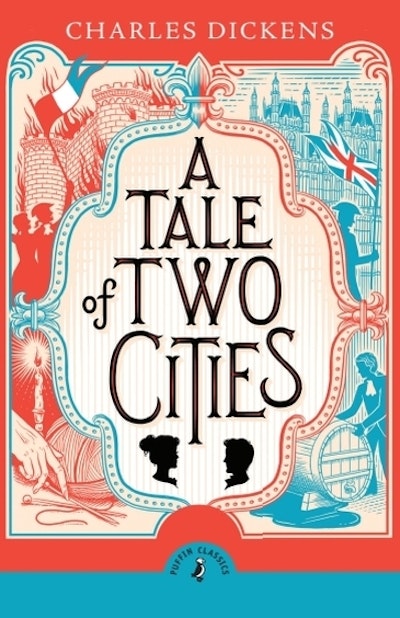With carefully adapted text, new illustrations and language practise activities, the Penguin Readers series introduces language learners to bestselling authors and compelling content. Titles include popular classics, exciting contemporary fiction, and thought-provoking non-fiction. The eBook edition does NOT include access to the audio edition and digital book.
A Christmas Carol, a Level 1 Reader, is A1 in the CEFR framework. Short sentences contain a maximum of two clauses, introducing the past simple tense and some simple modals, adverbs and gerunds. Illustrations support the text throughout, and many titles at this level are graphic novels.
Ebenezer Scrooge hates Christmas. He is angry that people are not working. Then, he meets the ghost of his old partner, Jacob Marley. Can Scrooge be a good person before it is too late?










